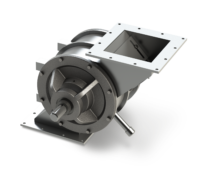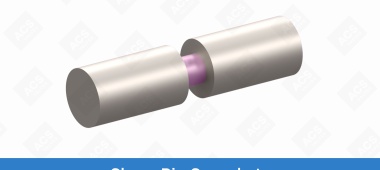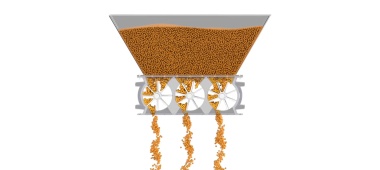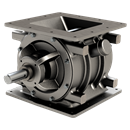Can’t figure out why your machinery isn’t performing? Want some info on how to replace your shaft seal? Need someone to scratch your nose for you while you work? Check out our user manuals, tech support videos, articles, and FAQ’s below, or call our Tech Support, Paul, for more help.
Support Line
905 765 2004Browse tech support:
Ways to save energy in your production process

Saving polar bears one blog at a time
To run an efficient plant, it’s important to keep plant energy levels and costs low, while keeping employee energy levels high.
For employees, we encourage the use of copious amounts of extra strength coffee.
However, as coffee will prove ineffective in powering your machinery and keeping your energy costs low, please consider the alternate advice below.
Initiate ongoing audit programs
Take a long, hard look at yourself. Are you following best practices for efficiency in your plant? How do you know?
Old habits die hard, and as such, examining what your current habits and processes are can help you figure out what the bad ones are, and how to improve on them moving forward. It’s always a good idea to have a program of energy usage audits and assessments in your plant.
By measuring hourly, daily or even monthly changes, you can keep track of energy usage and how it changes over time. There are a number of audit guidebooks at your disposal for best practices and checklists, as well as energy specialists who can assess your plant, machinery and usage.
Schedule production around peak energy hours
If you flip the switch on every single electronic machine in your plant, you will no doubt experience a surge in energy—and your costs will be significantly higher if this happens during peak energy hours.
In fact, up to 30 percent of your monthly utility bill can be extra charges with peak energy demand.
Avoid surges by strategically scheduling and staggering your production start-ups and shut-downs. When timing your equipment changeovers, take into consideration which machinery uses the most energy and schedule them outside of peak hours.
Work with your utility vendors—they will often work with you to come up with a schedule around peak energy hours, whether that means using more energy during evenings and weekends, or helping you to review your current usage and offering incentives for improving on your energy usage.
Maintain your machinery
Optimizing energy efficiency isn’t just in scheduling behaviour—your machinery also plays a part.
It’s important to maintain your rotary valves to reduce leakage and keep flow at maximum efficiency. You can do this by replacing your rotor when clearances increase and become uncompliant. Though rotary airlocks are designed to keep a consistent pressure differential, even the best ones will leak. This is why maintenance is important.
We also recommend keeping your pocket fill at about 70 percent. Each material has a different density and flow rate, and therefore calculating what those are, before calculating your pocket fill, is integral. By not filling your rotor pockets at 100 percent, you will leave room for variables like air, bulk density, and flow rate, and keep material moving.
If you have similar products with only one or two minor differences, consider switching to a plug-type diverter valve. There are two channels inside the housing, each with its own outlet, meaning less machinery and less energy.
Choose the right drives and motors
If you’re using chain drives on your machinery, consider switching to a direct drive package. They offer higher torque at lower rotations per minute (rpm) than chain drives due to the absence of friction from the chain.
They also include Variable Frequency Drives/Variable Speed Drives (VFD/VSD) which allow speed to be increased or decreased at the turn of a dial. VSDs can further help you avoid peak demand charges and optimize power, as well as material flow. You can also use VSDs to regenerate power and reroute it back into your system or sell it back to your utilities.
For more information on how to keep your energy costs low, and your machinery efficient, feel free to contact one of our reps.
Categories: Conveying Systems , Manufacturing , Technical Support
Go ahead, make your valve
Put your own spin on our customizable valves to get the best valve for your application, material and industry.

We have a series of items available for quick shipment
Items include: Pressure blower packages, MD Series, S-Pellet Series, Diverter Valves, Flex Tip Series, Screw Conveyors

How to: Check rotor-to-housing tolerances
Keep your rotary airlock valve compliant with NFPA guidelines and maintain strong performance by checking your rotor-to-housing clearances regularly.





